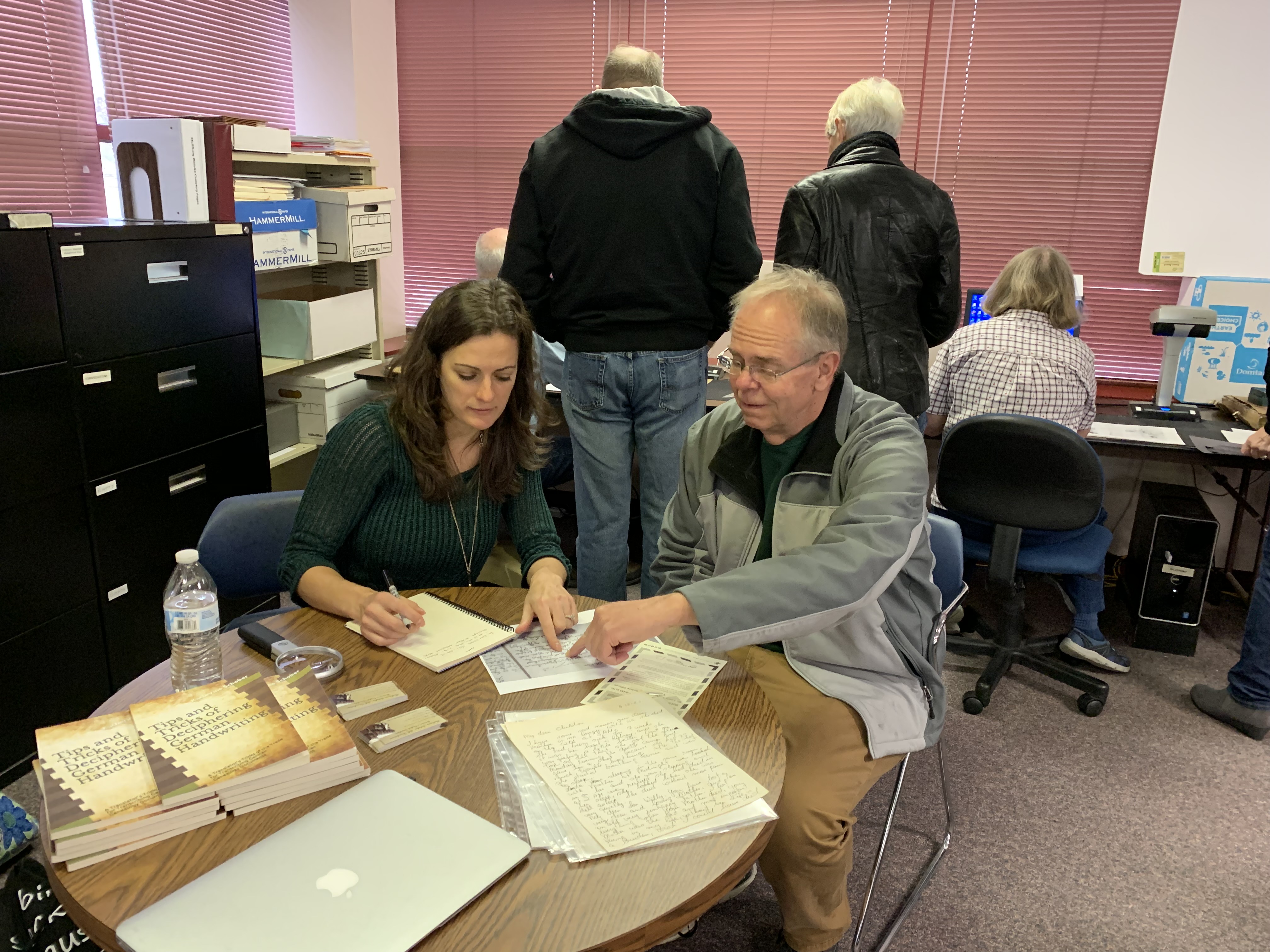Contribute
We’re deeply appreciative of the people who have come forward to tell us about the historic German immigrant correspondence they've preserved and to share their collections with German Heritage in Letters and Mobile Lifeworlds. Interest in working with these important sources for German-American history and the history of migration more broadly is strong among people curious about the past, citizen scholars, and academic researchers. We are excited to hear from future visitors to our site what they have learned from the letters we share and to learn about how they’re being put to use in research, teaching, exhibitions, and other contexts.
The emphasis of Mobile Lifeworlds is on the collection of digitized images of historic correspondence. Below you’ll find information on how contributors can find information on how to share their digital files with the project. For guidance on what to do with paper documents and other physical materials, we recommend reviewing the online brochure “Donating Your Personal or Family Records to a Repository,” published by the Society of American Archivists. We are happy to put contributors in touch with institutions which specialize in collecting German-American sources.
If you have just one or two letters to contribute, we invite you to read the instructions provided below and then use our upload tool to contribute your letters directly to the project. To proceed directly to the upload tool, please click here.
For larger collections, we recommend that you contact us directly (by email to contact -at- migrantconnections.org) and we’ll be happy to guide you through the contribution process. We invite you to download and review our intake form (for providing background information about your collection) and our contributor form (for granting us permission to use the letters you share).
We recommend scanning letters, rather than photographing them, for optimal results. Many “all-in-one” printers which include a scanning function produce excellent images.
Instructions for Scanning Letters
If you are using a scanner, please set it up to output color JPEG images at a resolution of 600 pixels per inch (or, at a minimum, a resolution of 300 pixels per inch). We suggest you modify your scanner's “page size” setting to match the full area of your scanning surface: most historic letters do not conform to modern-day paper sizes, so using letter-size or legal-size settings may cause part of your letter to be cut out of the scan. Scanner settings vary across devices, and we recommend reviewing the manuals provided by the device manufacturer for more detailed guidance.
Scan your documents by placing them directly on the flatbed rather than running them through an automatic document feeder. Please position your document so that there is a border of blank space on all four sides.
For larger collections, you may want to use a “target” that you insert between letters to help make clear where the pages of one letter end and the next one begins. This can be as simple as a piece of scrap paper or business card with the word “TARGET” written on it!
Instructions for Photographing Letters with a Mobile Device
If you are using a mobile device, photograph your documents against a white background (preferably); a sheet of white paper larger than the document is ideal. Photograph in color rather than black-and-white or grayscale. Try to avoid photographing documents on dark or patterned backgrounds, as these often can cause difficulty with the focusing mechanism. Position your document on the background so that all four sides of the document are visible. Avoid using any of your camera's filters; however, please use focusing tools to make the writing in the letter as clear as possible. When you are exporting your images from your camera application for upload, please make sure you save the original (largest file size) images rather than rescaled images which may have lower resolution.
Whatever process you use, thank you so much for being a contributor to Mobile Lifeworlds!
 |
 |
 |